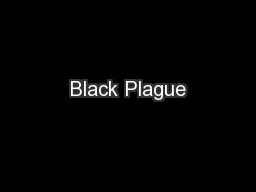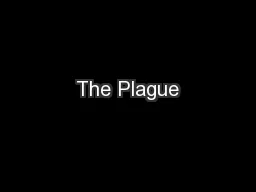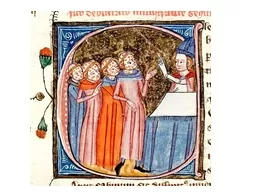PPT-The Black Death - Bubanic Plague
Author : dsmed | Published Date : 2020-07-07
The history of the Bubonic Plague is definite and based on true facts As more than 70 million people died during the Middle Ages of Bubonic Plague or what they
Presentation Embed Code
Download Presentation
Download Presentation The PPT/PDF document "The Black Death - Bubanic Plague" is the property of its rightful owner. Permission is granted to download and print the materials on this website for personal, non-commercial use only, and to display it on your personal computer provided you do not modify the materials and that you retain all copyright notices contained in the materials. By downloading content from our website, you accept the terms of this agreement.
The Black Death - Bubanic Plague: Transcript
Download Rules Of Document
"The Black Death - Bubanic Plague"The content belongs to its owner. You may download and print it for personal use, without modification, and keep all copyright notices. By downloading, you agree to these terms.
Related Documents














